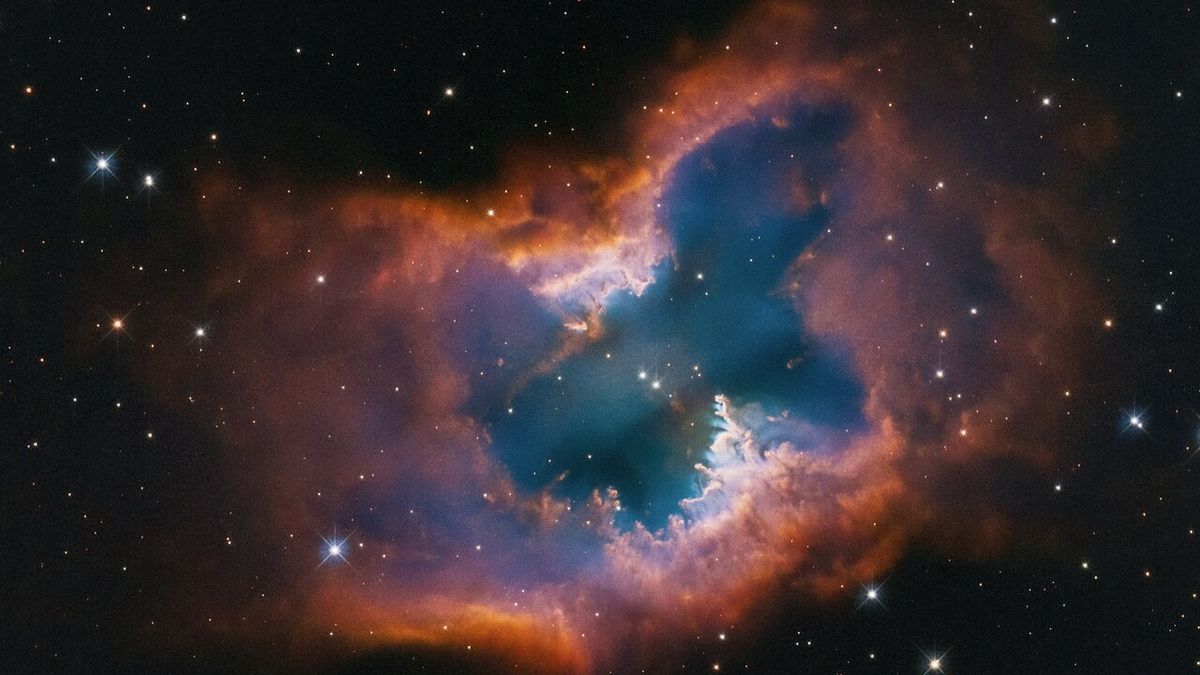ARTICLE AD BOX
 A Long March 6A rocket lifts off from Taiyuan, Jan. 23, 2025, carrying 18 Qianfan satellites into polar orbit. Credit: CASC
A Long March 6A rocket lifts off from Taiyuan, Jan. 23, 2025, carrying 18 Qianfan satellites into polar orbit. Credit: CASC
EDITOR’S NOTE: Beginning this spring, Andrew Jones is explaining the business, politics and technology of Chinese space activities as part of a new biweekly newsletter. Sign up now to receive the latest edition in your inbox.
The April 19 launch of six classified Shiyan-27 satellites into Sun-synchronous orbit via a Long March 6A rocket has reinforced concerns over long-lived space debris. The mission’s upper stage was left in a 834 by 990 km orbit—where atmospheric drag is minimal and natural deorbiting could take over a century.
While Shiyan-27 was a standalone mission, the use of rockets such as the Long March 6A and Long March 8 series for China’s two, 10,000-plus satellite megaconstellations could mean a proliferation of such debris, according to an analysis, which tracked the upper stages for most launches of the Guowang and Qianfan/Thousand sails constellations in similar altitudes.
“There will be some 1,000+ PRC [People’s Republic of China] launches over the next several years deploying these constellations,” says Jim Shell, a space domain awareness and orbital debris expert at Novarum Tech. “For both constellations, the rocket upper stages are being left in high altitude orbits—generally with orbital lifetimes greater than 100 years.”
More optimistically, the Long March 6A is relatively new and uses a new kerosene-liquid oxygen stage. China may be working on being able to restart the upper stage, at least lowering the perigee of the stages and reducing time in orbit. China is developing reusable rockets and policies to address space debris.
In a welcome redemption arc, the Long March 5B—the cause of concern over uncontrolled first stage reentries in recent years—used a self-deorbiting upper stage for its Guowang megaconstellation launch, removing itself as a threat, while also meaning the large first stage did not go orbital.
Chinese commercial activities expand scope
InfinAstro, a Chinese orbital logistics startup, has raised angel round funding for developing its orbital transfer vehicle series. The development highlights how commercial players are expanding into new areas of activities with China’s space sector.
Commercial actors began emerging in late 2014, though largely limited to small solid rockets and small satellites. Recent developments now see development of large, reusable rockets, ground stations, orbital crewed tourism plans, and novel constellation projects, as well as participants up and down the supply chain. One official from a state-owned enterprise estimated during a recent conference that there are now 35-plus startups in the launch sector alone.
Meanwhile, Jiangsu-based Lightyear Explorer, a commercial provider of rocket structural products and solutions, this month completed a Pre-A round of strategic financing worth tens of millions of yuan (approximately $3–13 million).
On the horizon: China’s Space Day, Shenzhou-20 launch
Events marking China’s 10th annual national “Space Day” are being held in Shanghai from April 23 to April 26. Announcements can be expected from the country’s space agency, CNSA — such as the revealing of international payload partners for the Chang’e-8 lunar mission — as well as updates from state-owned and commercial space actors, likely including plans for debut launches of new rockets and unveiling of new cargo spacecraft.
There may also be updates on China’s moon plans, robotic and crewed, and its Mars ambitions. A commentary from Louis Friedman, executive director of The Planetary Society, published by SpaceNews last week, argues that China, in terms of robotic moon and Mars missions, leads to both.
The Space Day day itself, Thursday, April 24, commemorates the launch of China’s first satellite, Dongfanghong-1, on that day in 1970.
Also expected on April 24: the crewed launch of the Shenzhou-20 crewed mission to Tiangong space station. The three-person crew will take over control of Tiangong from the Shenzhou-19 astronauts, who are set to return to Earth April 29.
Andrew Jones covers China's space industry for SpaceNews. Andrew has previously lived in China and reported from major space conferences there. Based in Helsinki, Finland, he has written for National Geographic, New Scientist, Smithsonian Magazine, Sky... More by Andrew Jones

 8 hours ago
1
8 hours ago
1







 English (US) ·
English (US) ·